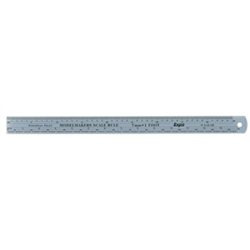There are a number of different options for attaching figures such as a horse and rider to a layout. Perhaps the...
Cart 0 Product Products (empty)
No products
Free shipping! Shipping
£ 0.00 Total
Product successfully added to your shopping cart
Quantity
Total
There are 0 items in your cart. There is 1 item in your cart.
Total products (tax incl.)
Total shipping (tax excl.) Free shipping!
Total (tax incl.)
Search Tips
What is the difference between gauge and scale in model railways?
Gauge refers to the distance between the two rails on the track. It represents the real-world measurement of the spacing between rails on a full-size railway. In the UK, the most common model railway gauges are:
- OO gauge (4mm to the foot or 1:76.2 scale)
- OO9 gauge (9mm or 1:76.2 scale narrow gauge)
- O gauge (7mm to the foot or 1:48 scale)
- N gauge (2mm to the foot or 1:148 scale)
Scale refers to the ratio of the model size compared to the real prototype. It dictates how large or small the models (locomotives, rolling stock, scenery, etc.) are in proportion to their full-size counterparts. Common scales include:
- 4mm scale (1:76.2) matching OO gauge
- 7mm scale (1:48) matching O gauge
- 2mm scale (1:148) for N gauge
So in summary, the gauge determines the track width, while the scale sets the overall size of the models relative to reality. Models of the same scale can run on different gauge tracks for variety.
Posted in: Model Railway
Click here to receive the tips weekly in your mailbox. You can unsubscribe at any time.










